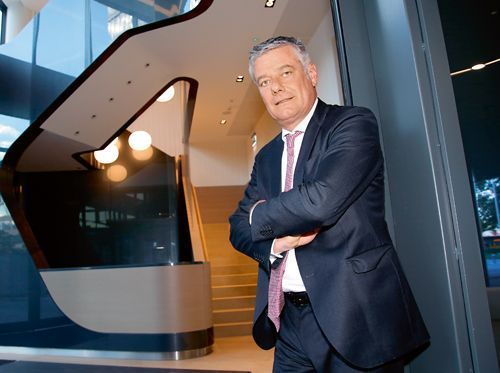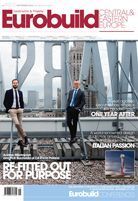Anna Pakulniewicz, ‘Eurobuild CEE’: The interior lobby design for Proximo is your first project in Poland, am I right? Are you planning any others?
Paolo Pininfarina, president, Pininfarina S.p.A.: Yes, this is our first project in Poland and I’m confident there will be soon new ones, hopefully with the same developer, Hines, with whom we’ve been able to give life to and deliver an innovative project in a very short time, optimising the resources available. Other players with a solid reputation and a strategic vision are definitely welcome and I’m confident that we’ll be able to create value and custom-made solutions for them too. Pininfarina operates, in fact, in a variety of sectors, offering the business solutions combining design, marketing and branding able to bring innovation and give a strategic advantage to its partners in the market.
I believe Poland is a fertile country for Pininfarina as I can see that there has been a big change over th































































